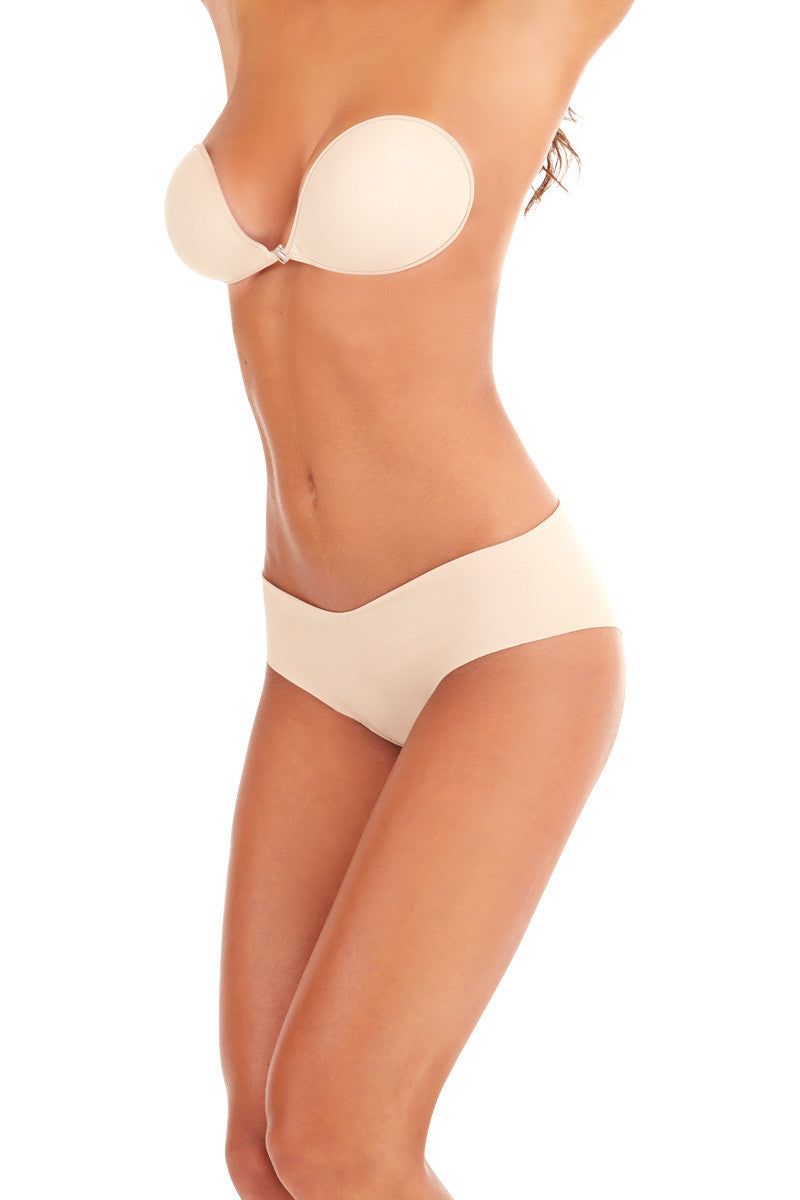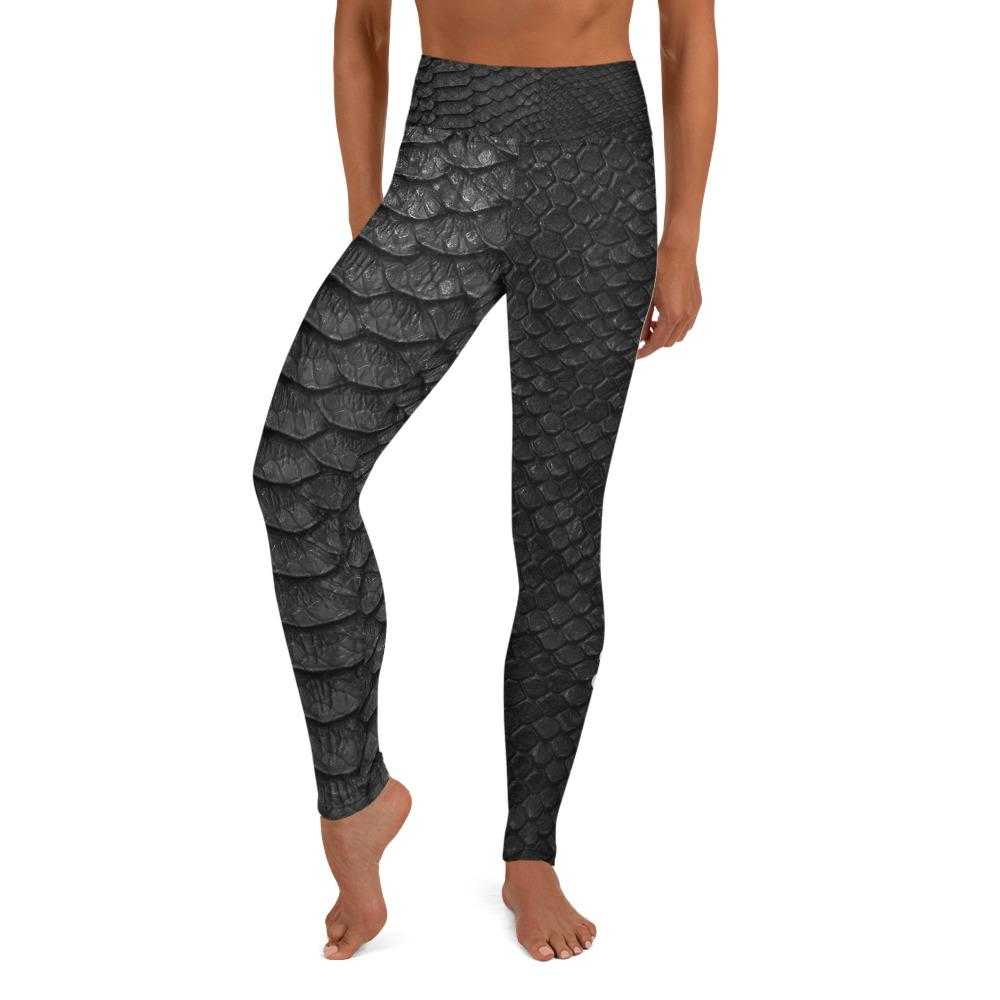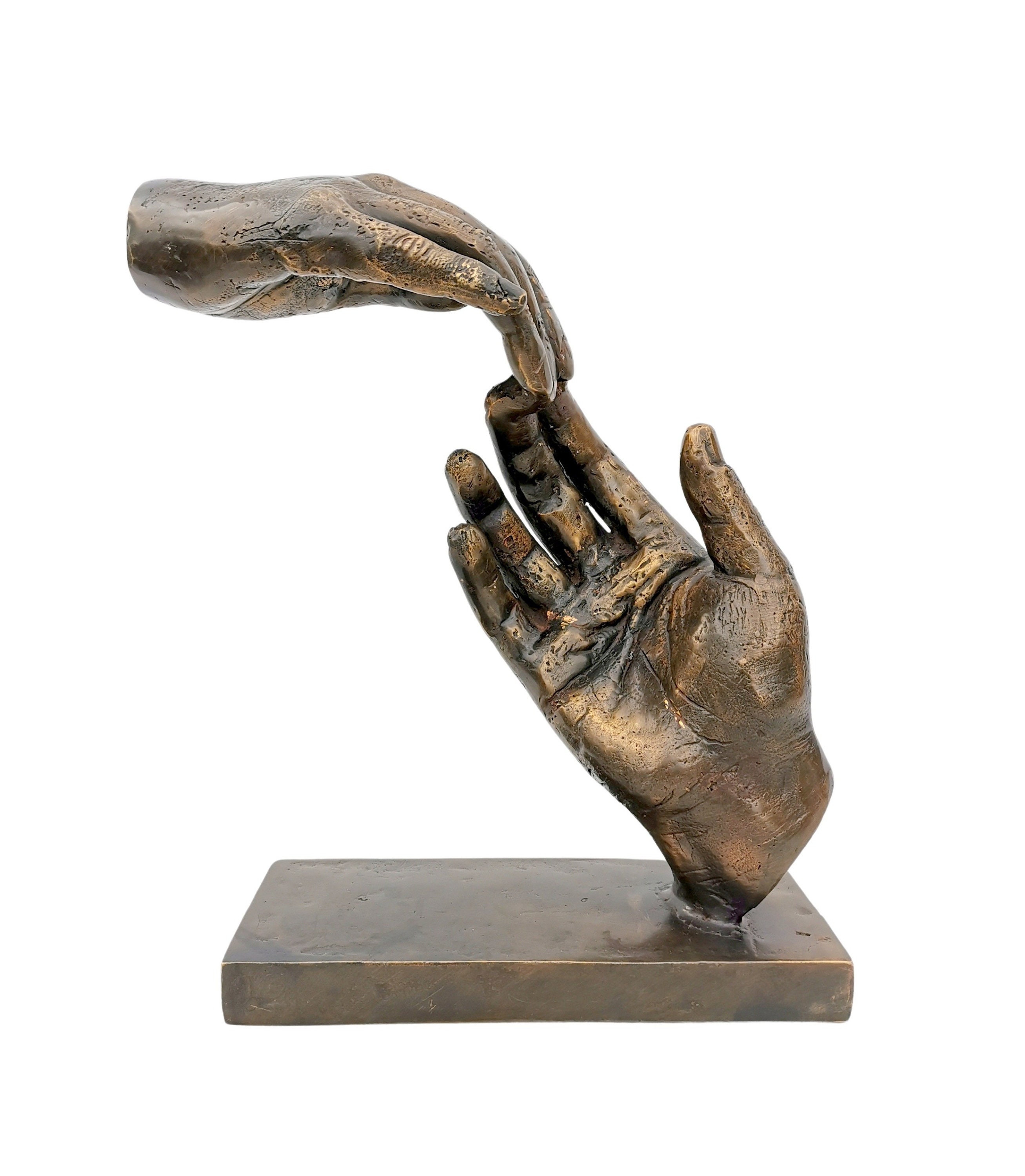Bronze Casting
4.6 (499) · $ 12.99 · In stock
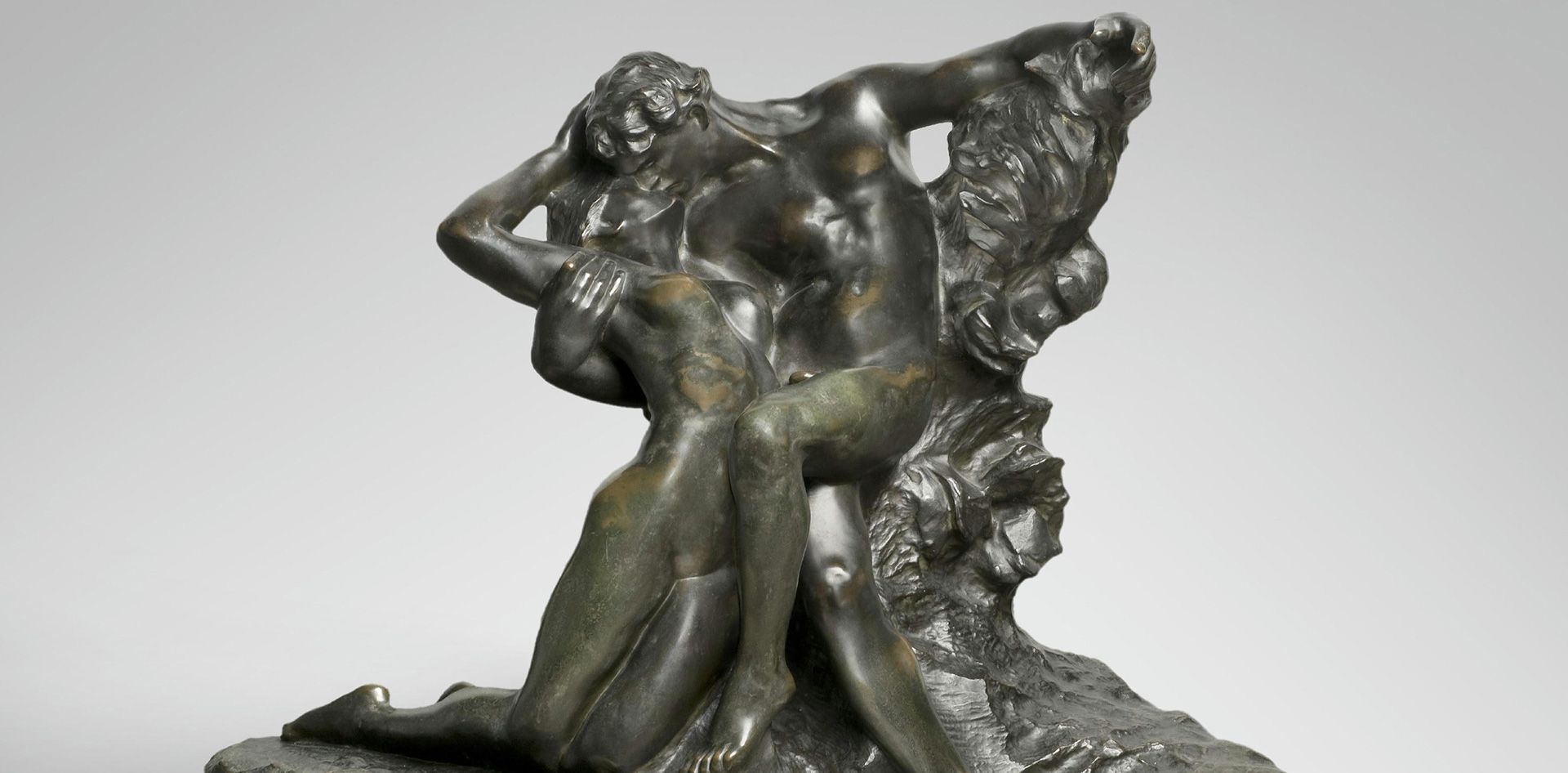
Rodin worked in traditional sculptural materials such as clay, wax, plaster, bronze, and marble. Although he did not attend the renowned École des Beaux-Arts (School of Fine Arts) in Paris, he learned the craft of sculpture through experience and years of employment in the studios of other artists. As he explained, "In addition to sculpture and design, I myself have worked at all sorts of things. I've cut down marbles, and pointed them; I've done etching, and lithography, bronze founding and patina; I've worked in stone, made ornaments, pottery, jewelry—perhaps even too long; but it all has served. It's the material itself that interested me. In short, I began as an artisan, to become an artist. That's the good, the only, method." Once he became an established artist, Rodin relied on a large studio of assistants to help him create large-scale works. Their presence allowed him to delegate the production aspects of his sculptures so that he could focus on conceiving and executing new pieces.

The Bronze Casting Process - Cast Technologies
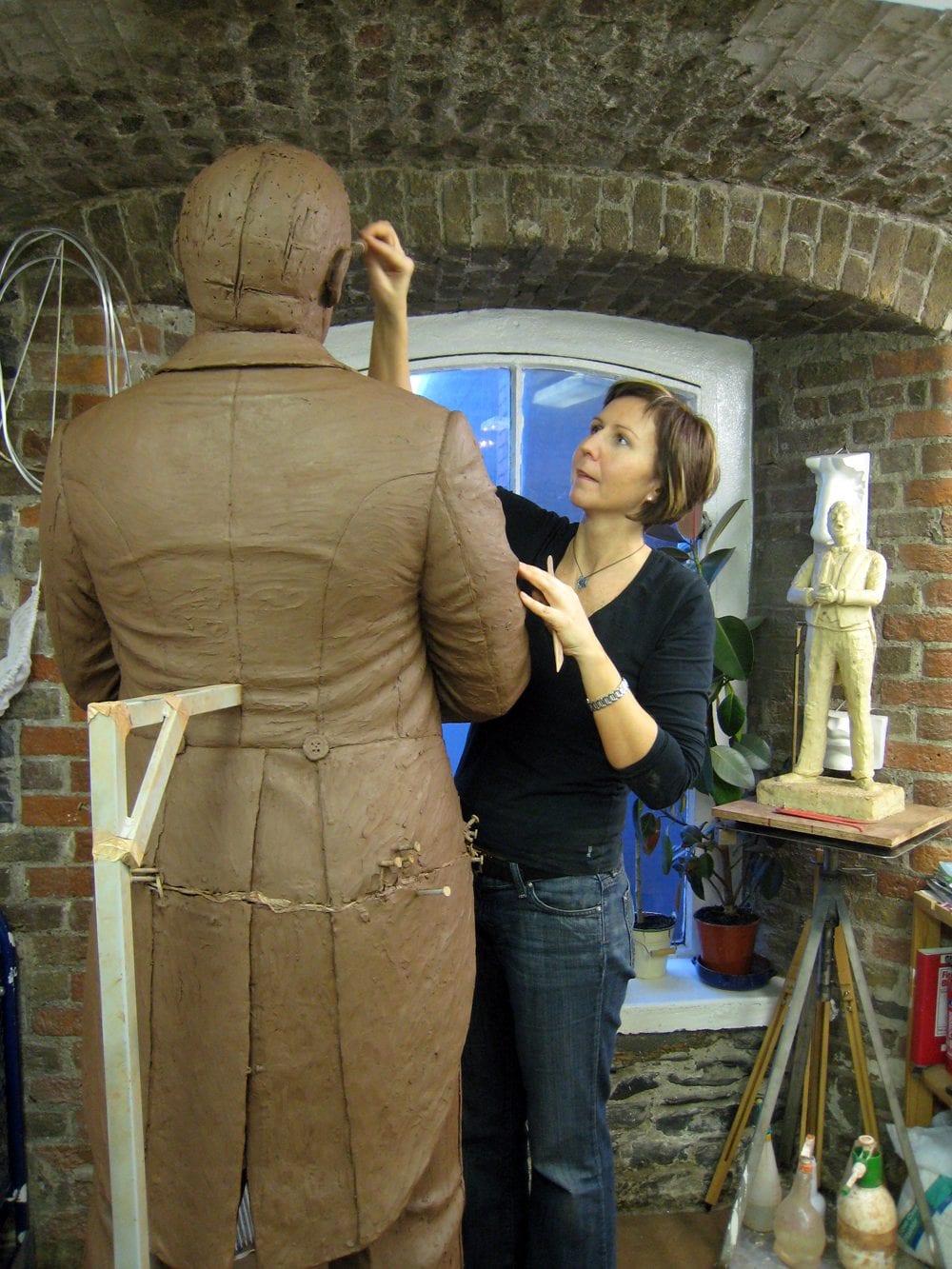
BRONZE CASTING PROCESS – ELIZABETH O'KANE
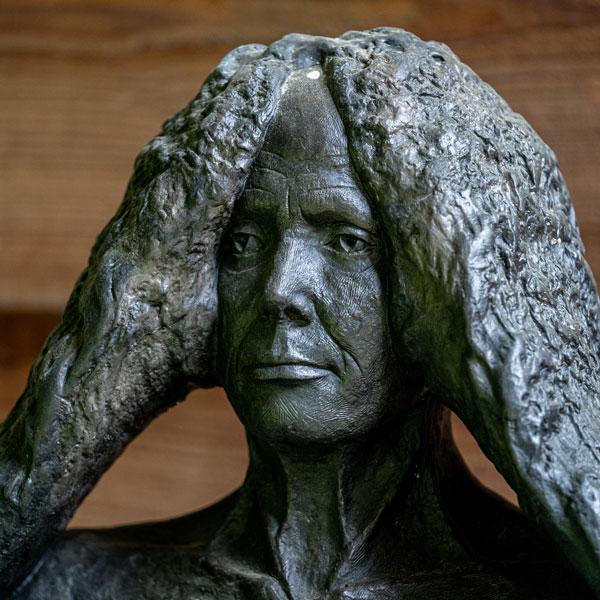
The Bronze Casting Process, Sculpture Woods
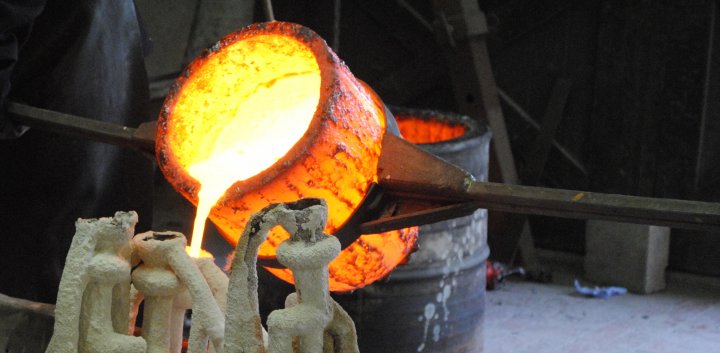
The Lost Wax Casting Process
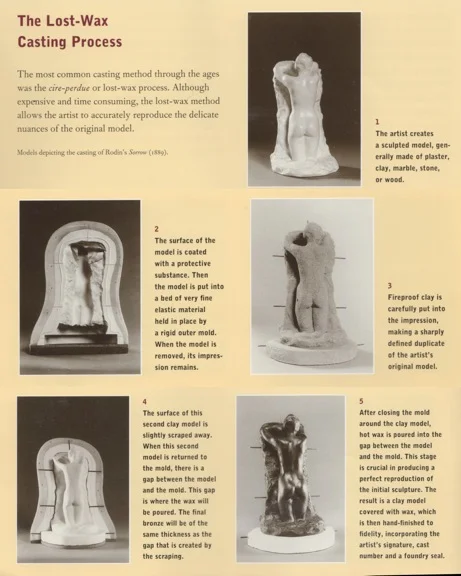
Bronze casting explained

Bronze Casting
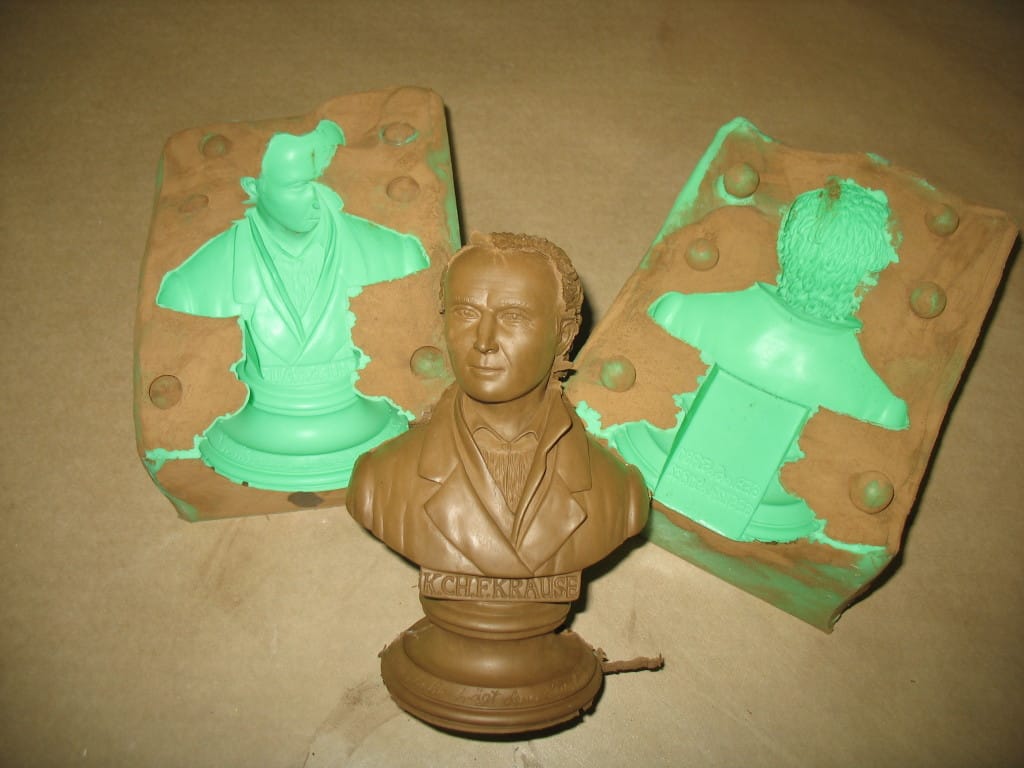
Cold Cast Bronze: Three Casting Methods - Polytek Development Corp.
_JPG.jpg)
Bronze Casting Tracy HSugg Sculptor
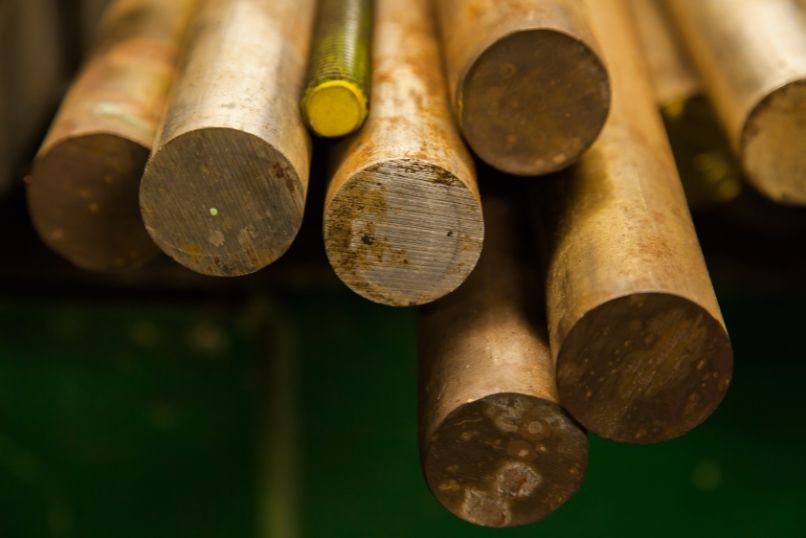
The Main Differences Between Bronze and Cast Bronze

Sculpture through Bronze Casting - Orlaith Cullinane

